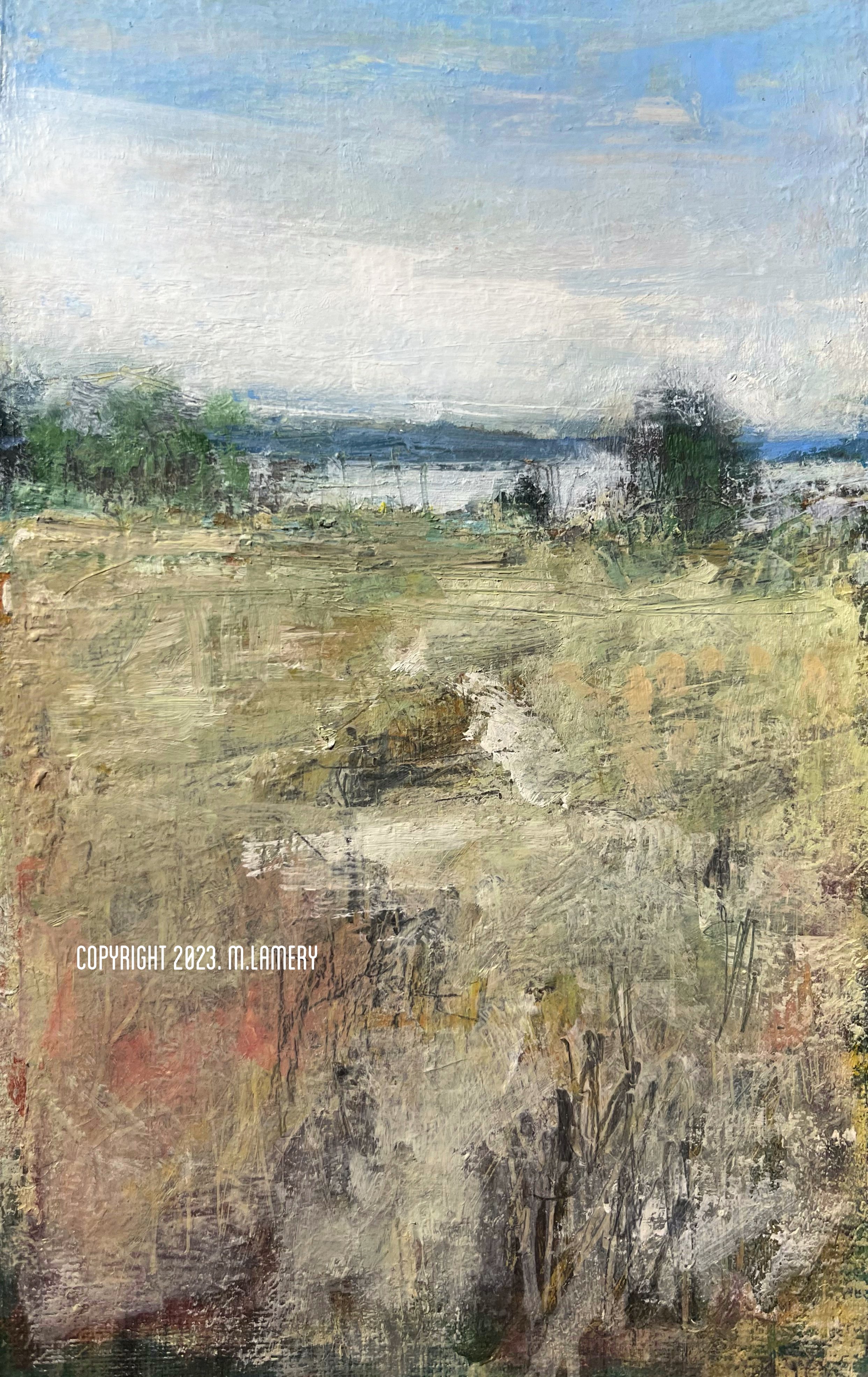At the turn of the 20th century, a young city of Seattle was growing at a fast clip, showing no signs of slowing down. Early Seattle leaders had the foresight to conserve land for the purpose of current as well as future generations to enjoy. Consequently, the early leaders decided to create a parks system in Seattle. They hired notable landscape architects, the Olmsted Brothers, Frederick Law Olmsted, Jr., and John Charles Olmsted to develop the master plans for Seattle’s nascent parks system.
In 1903, the City of Seattle after much courting of the Olmsted Brothers to visit this outpost of the United States, eventually commissioned the Olmsted Brothers to set a course of interconnecting parks and boulevards that are an integral element to experiencing the city. This interconnected system of parks are recognized nationally as one of “the more comprehensive and best preserved in the United States.”
The Olmsted Brothers inherited the nation's first landscape architecture firm headquartered in Brookline, Massachusetts from their father, the eminent landscape architect Frederick Law Olmsted, Sr. who designed Central Park in New York City. Frederick senior, considered as the father of American landscape architecture, believed that it was essential for people to feel a connection with wild natural landscapes. With this in mind, one of Olmsted's primary tenets in his landscape design was "the genius of place," where the setting and local elements were key in the park experience.
From 1903-1936, the Olmsted Brothers had their hands either directly or indirectly involved in developing 37 of Seattle’s city parks that we enjoy to this day.
I highly recommend this book for those who love landscape, landscape architecture, design esthetics, the natural setting, history and want to learn about Seattle's gorgeous parks “Olmsted in Seattle.” The book is an incredible wealth of information on the legacy of the famous landscape architects, the Olmsted Brothers (their father, Frederick Law Olmsted, Sr. designed Central Park in New York City,) who were instrumental in developing Seattle’s parks system, a system that we are fortunate to have their input and design esthetics.
(Top Left) Frederick Law Olmsted, Sr., (Top Right) John Charles Olmsted, (Bottom) Frederick Law Olmsted, Jr.
These parks offer an amazing journey into wild nature in the midst of urban life. Because these parks are distributed throughout the city of Seattle, one can easily find themselves in the lush green of a forest with trails and bridges that take you through old growth timber to the shores of Lake Washington and through meadows overlooking Puget Sound with the majestic Olympic Mountains off in the distance.
I designed my 2024 postcard calendar in recognition of the timeless park system that Seattle is so fortunate to have.
JANUARY
Rainier Vista, University of Washington.
“I saw Mt. Rainier for the first time. It is huge.” John Charles Olmsted in a letter to his wife Sophie in 1903.
Originally developed as the site of the Alaska-Yukon-Pacific Exposition (AYPE,) the “first” world’s fair held in Seattle in 1909 (the second being the 1962 Seattle World’s Fair), Rainier Vista incorporates the iconic Mount Rainier into its experience. Now, a part of the grounds of the campus of the University of Washington, Rainier Vista boldly welcomes its visitors with the majestic mountain in the vista. If you use your imagination, you can conjure what the grounds of the 1909 exposition must have been like, bustling with activity, lined with grand facades, and towering in the distance, the grand mountain. What remains now, are the treelines, the bustling of students and pedestrians, and the ever present, timeless, Mount Rainier.
Alaska-Yukon-Pacific Exposition, Seattle, WA, 1909. Grounds (now a part of the University of Washington) designed by the Olmsted Brothers. The postcard/calendar image featured in January is the promenade located in this photo (on top of the fountain looking south towards the mountain.)
FEBRUARY
Rose Garden, Woodland Park.
MARCH
West Point Lighthouse, Discovery Park.
APRIL
MAY
Frink Park.
JUNE
Ravenna Park.
JULY
Discovery Park, Meadow.
AUGUST
Lake Washington Boulevard.
SEPTEMBER
Seattle Japanese Garden.
Gardens in Japan have long been regarded as an important art form that’s essential to life. Located in the Madison Valley neighborhood of Seattle, the 3.5 acre Seattle Japanese Garden features a style developed in the late-16th to early-17th centuries known as stroll gardens. Following a winding path around a central pond, visitors can stroll through the garden slowly and mindfully, and view stones, water, lanterns, bridges, buildings, plants and animals. In this composition, you can see a bridge on the left traversing a stream. The park was part of the 1937 plans the Olmstead Brothers created for the city. The park was completed in 1960.
OCTOBER
Green Lake.
NOVEMBER
Amphitheater, Seward Park.
Nestled at the summit of Seward Park, established in 1911, and ringed by and old growth forest sword ferns, Western hemlocks and Douglas firs, sits the Greek-style Amphitheatre. The Amphitheatre was hollowed out from the south hillside of the park summit and was completed in 1953.
DECEMBER
Conservatory, Volunteer Park.
The Conservatory, a botanical garden that houses five indoor environments for growing orchids, exotic palms, ferns, cacti and succulents and seasonal plants in Volunteer Park on Capitol Hill in Seattle, is a feature of one of the first Olmsted parks in Seattle that was completely a focus of the Olmsted Brothers. Volunteer Park opened in 1904. The Conservatory made its appearance in 1909. With its 3,426 glass panels and wood and iron framework, the Victorian era design of the Conservatory is modeled after the Crystal Palace of London, England. When the snow falls in the winter, the Conservatory reminds me of the Winter Palace of Saint Petersburg, Russia. This is the inspiration for this month’s rendering.














